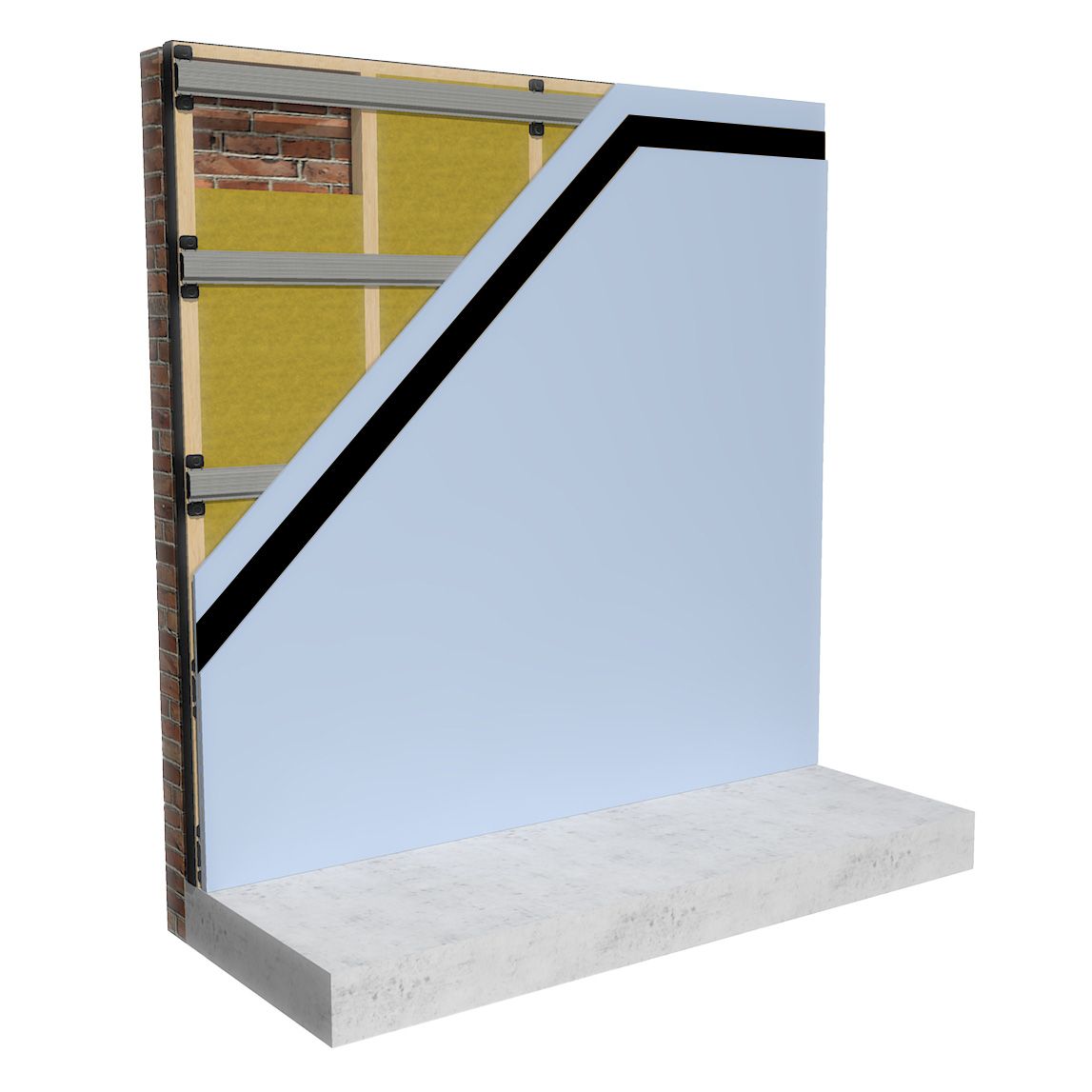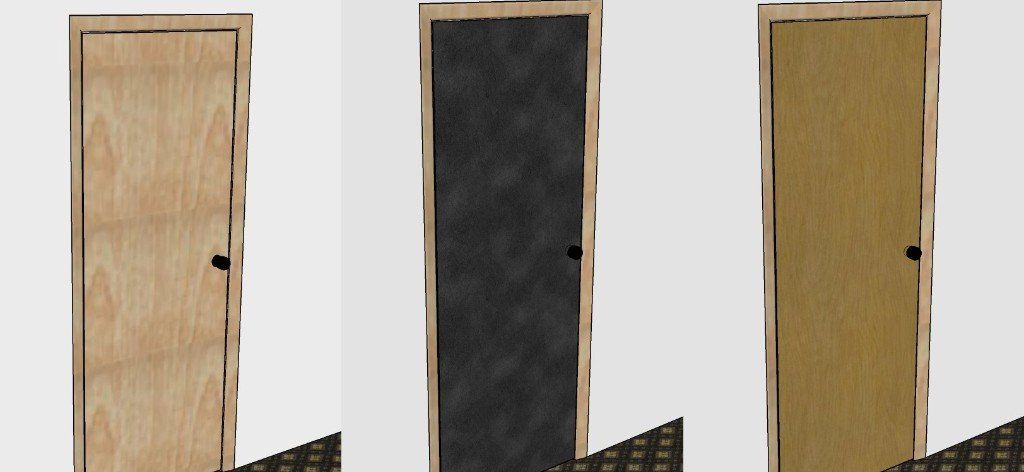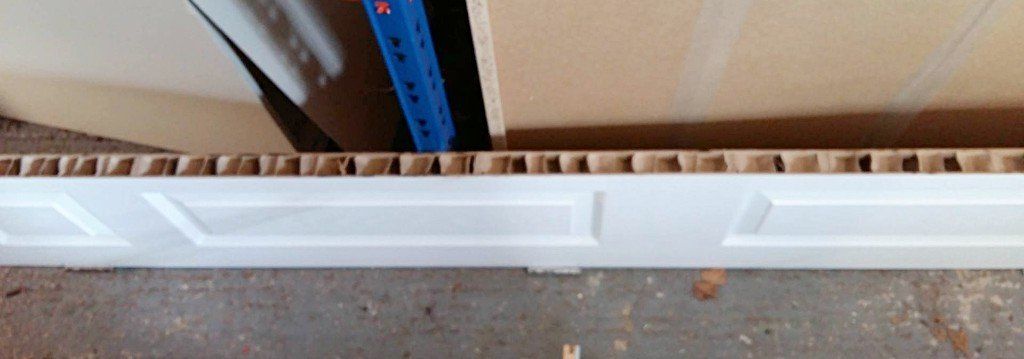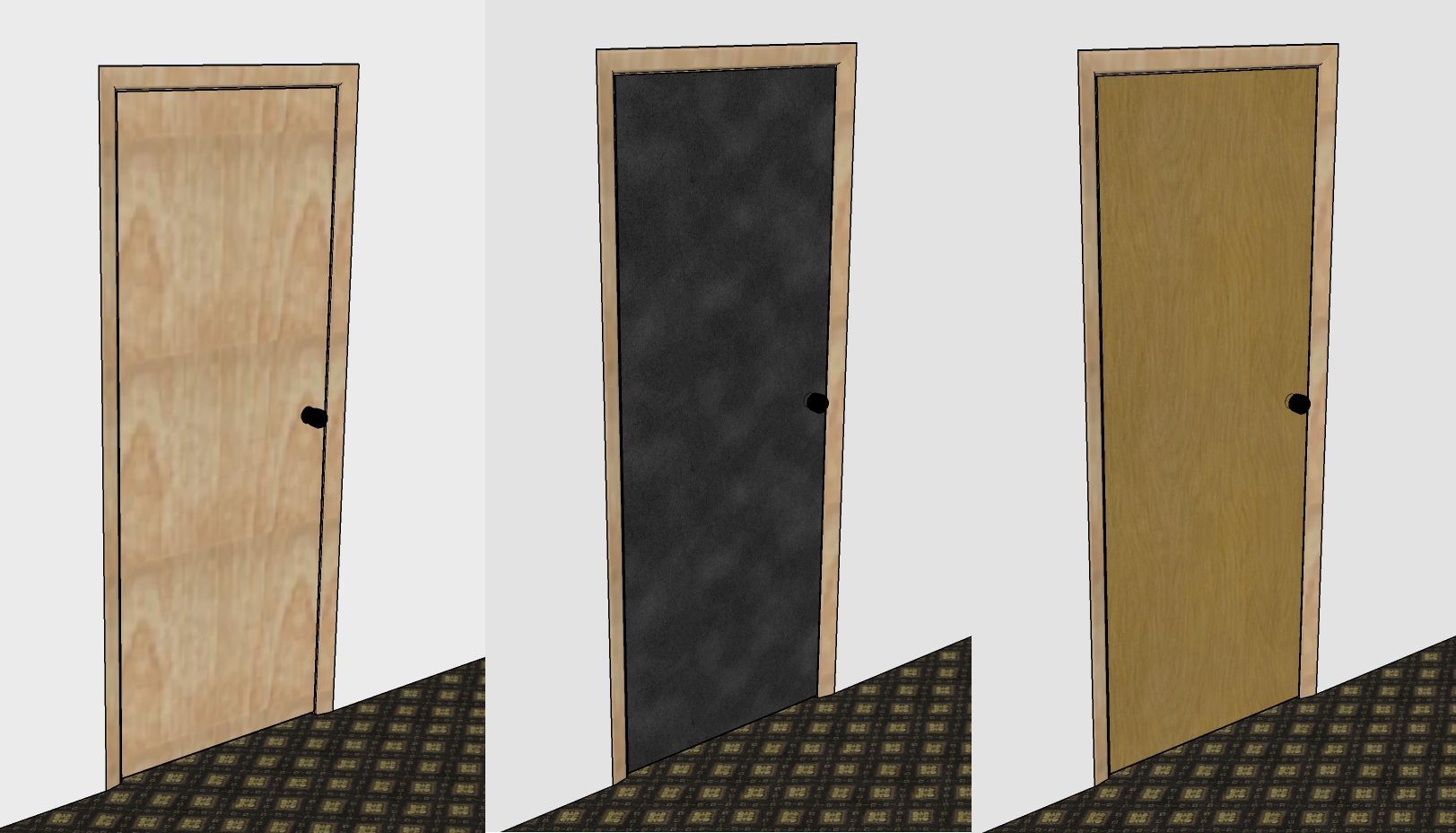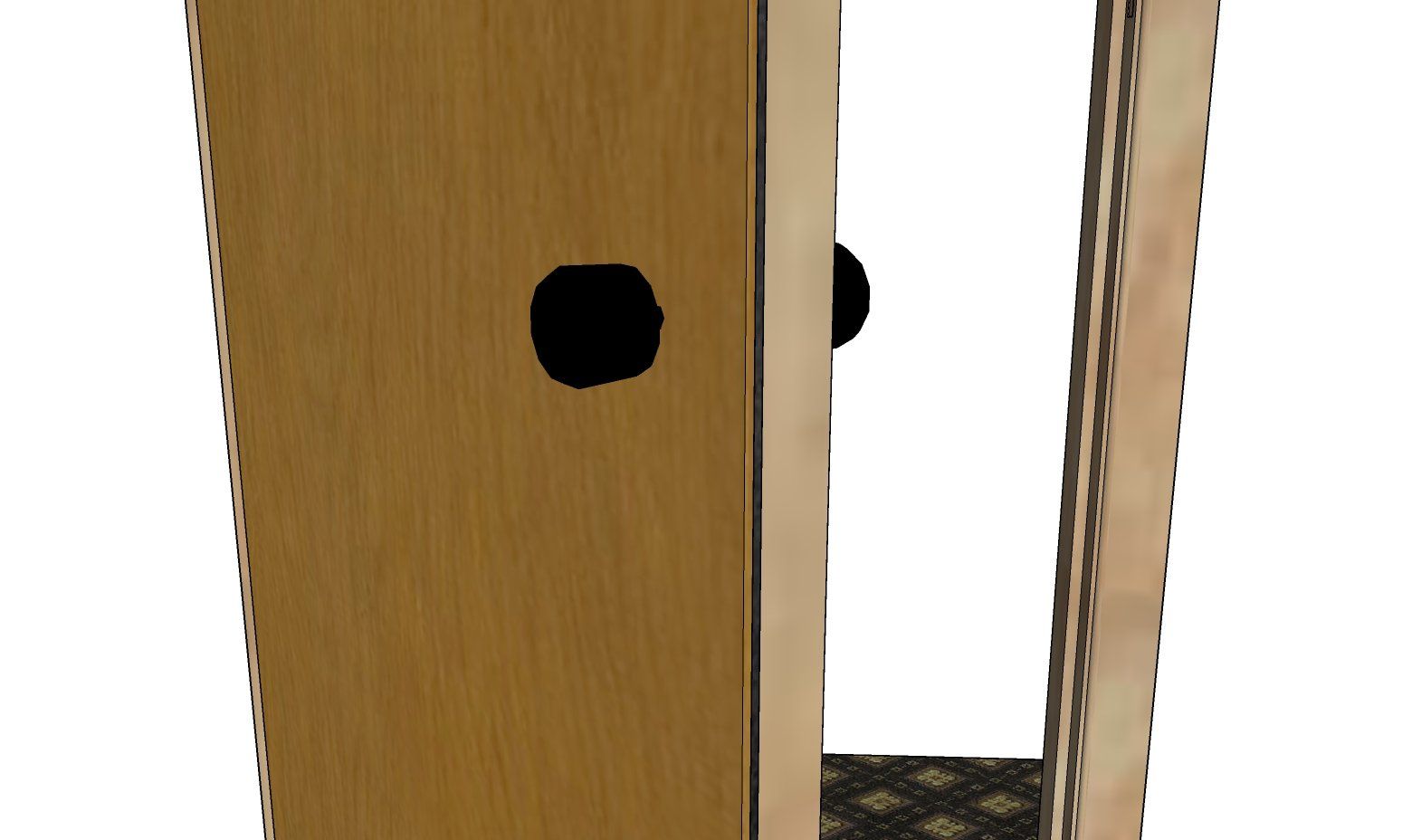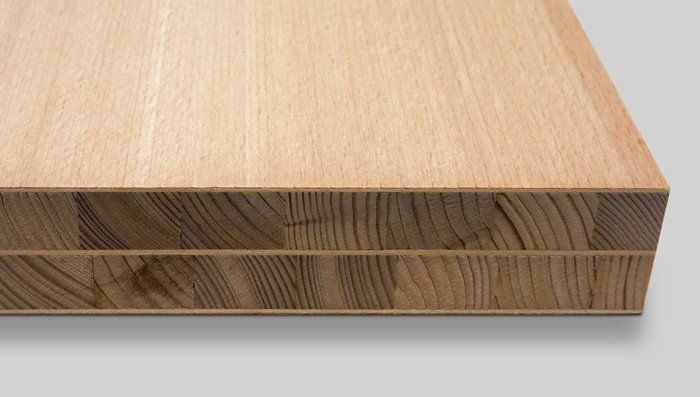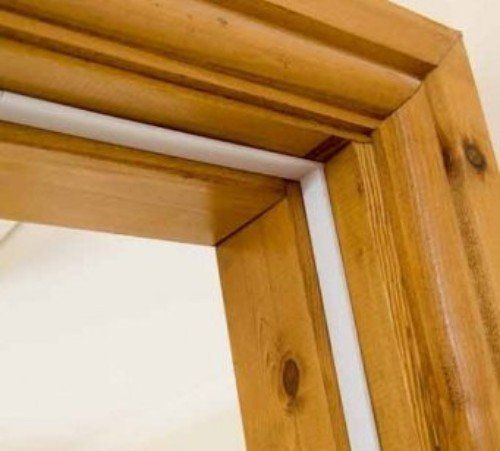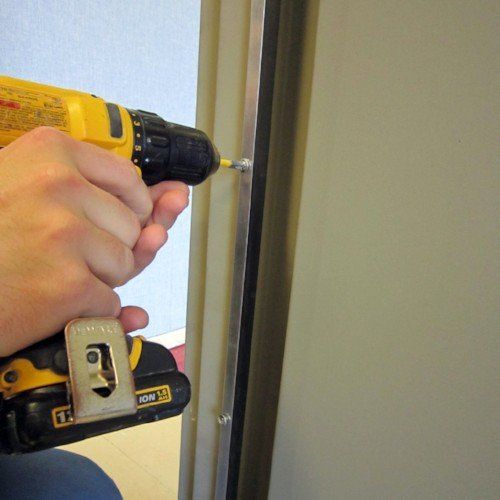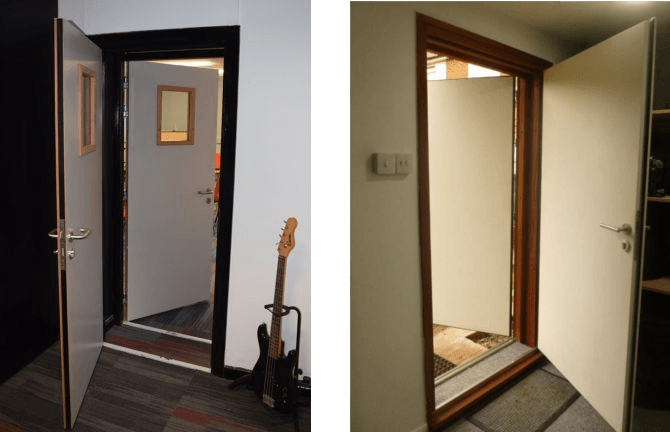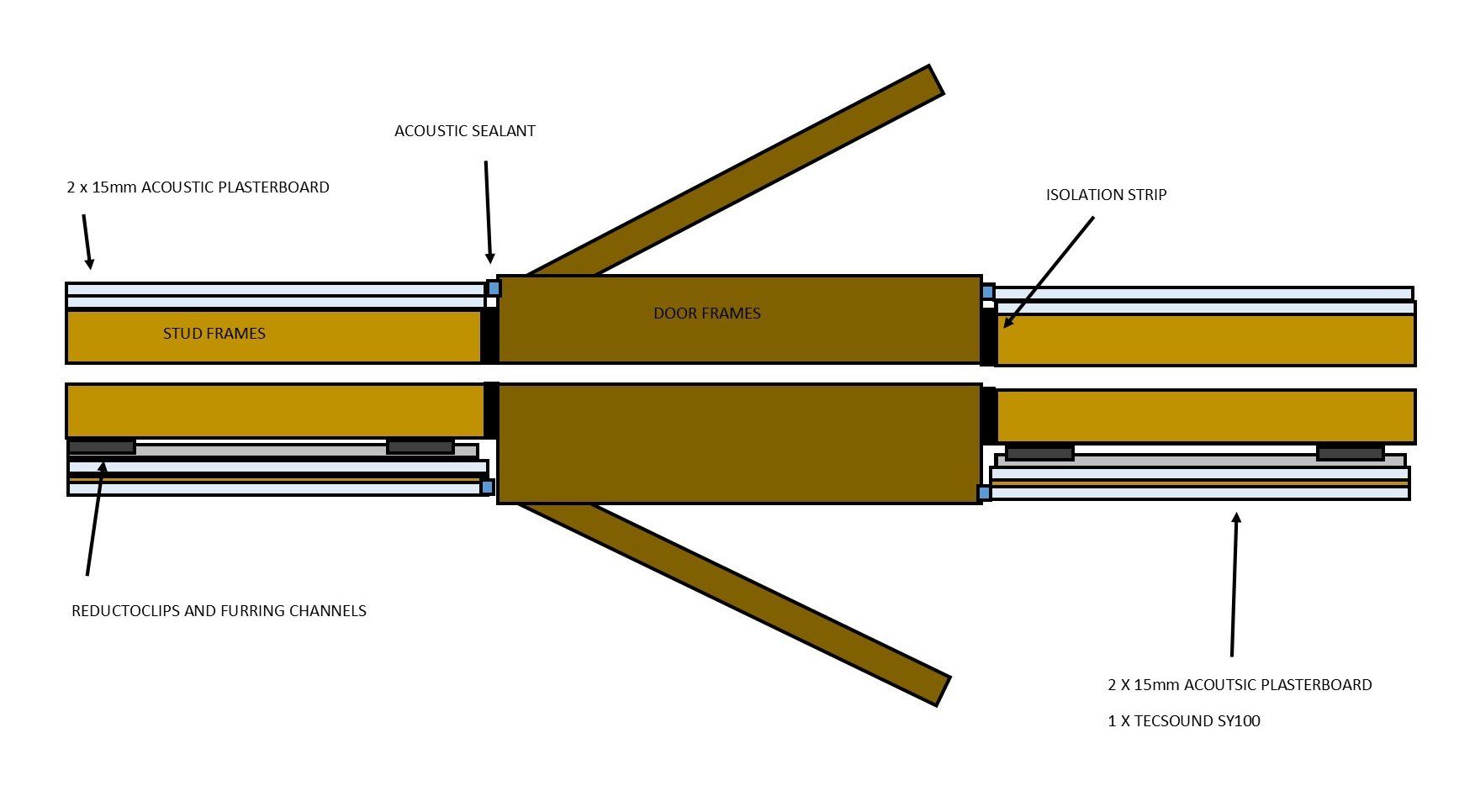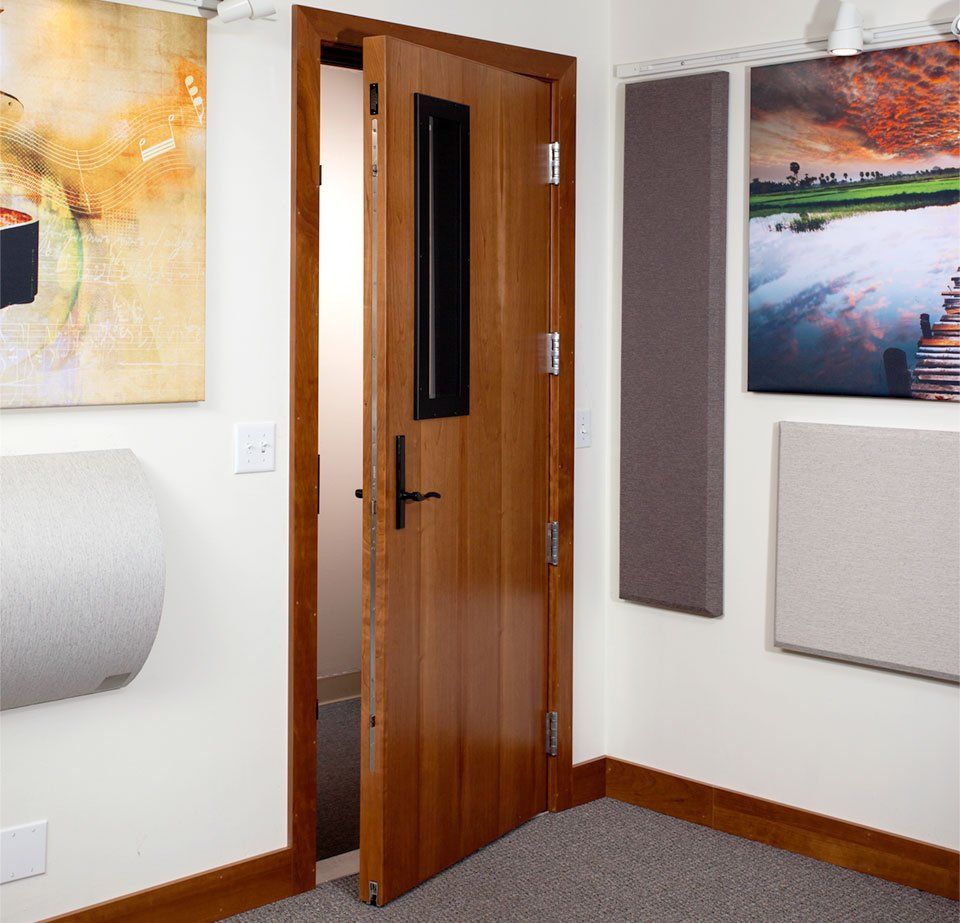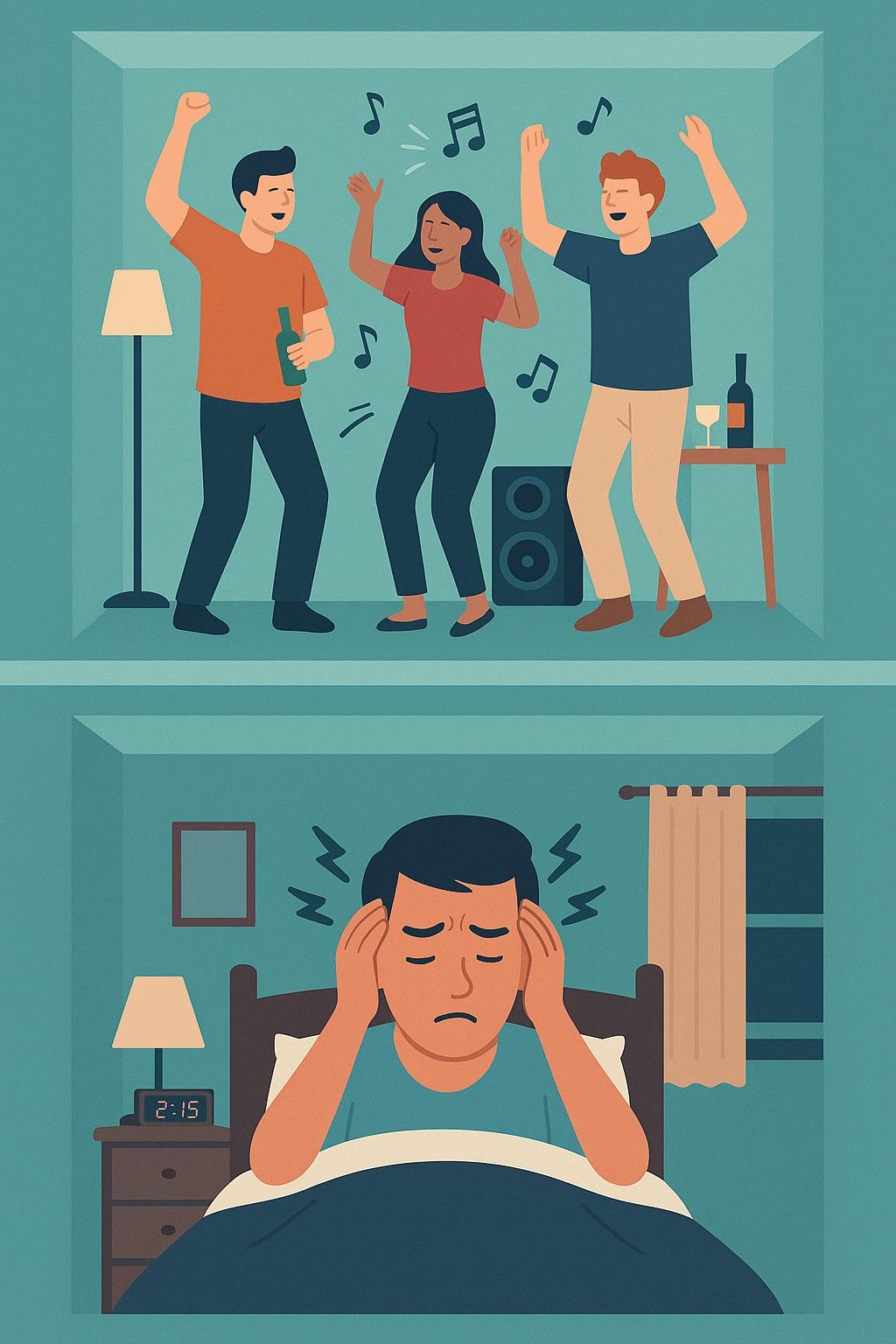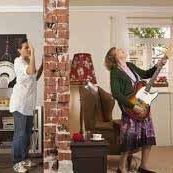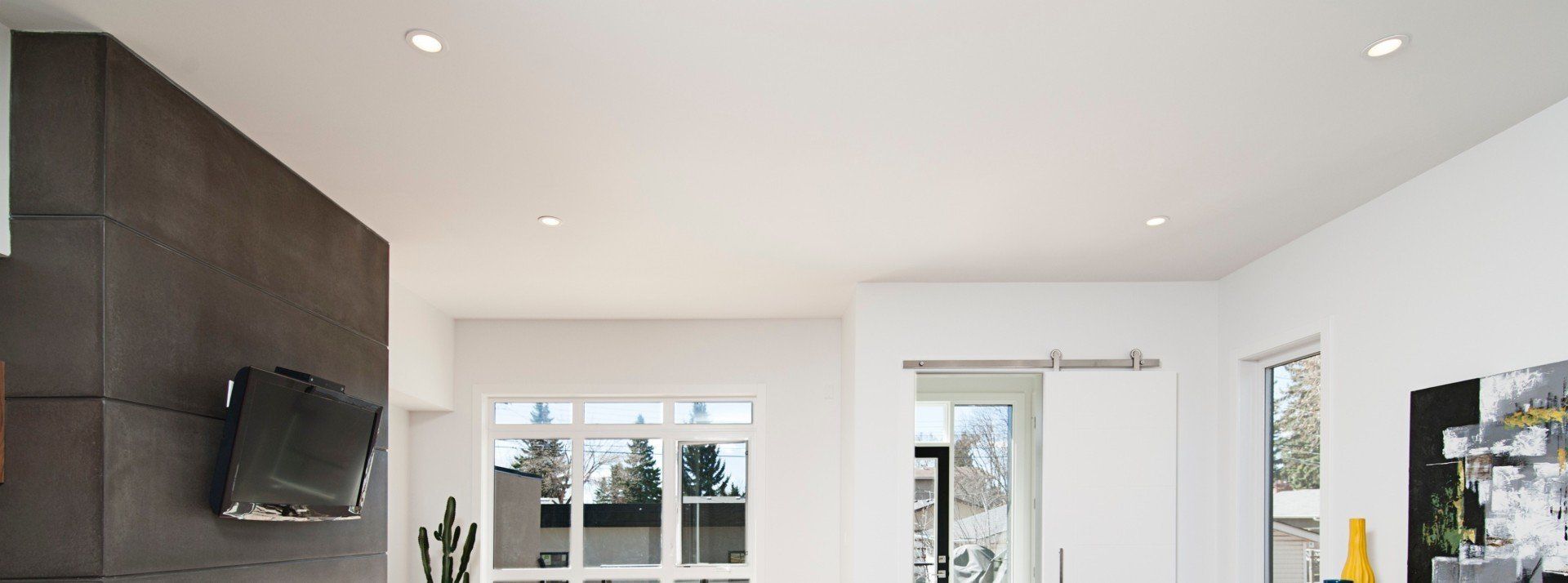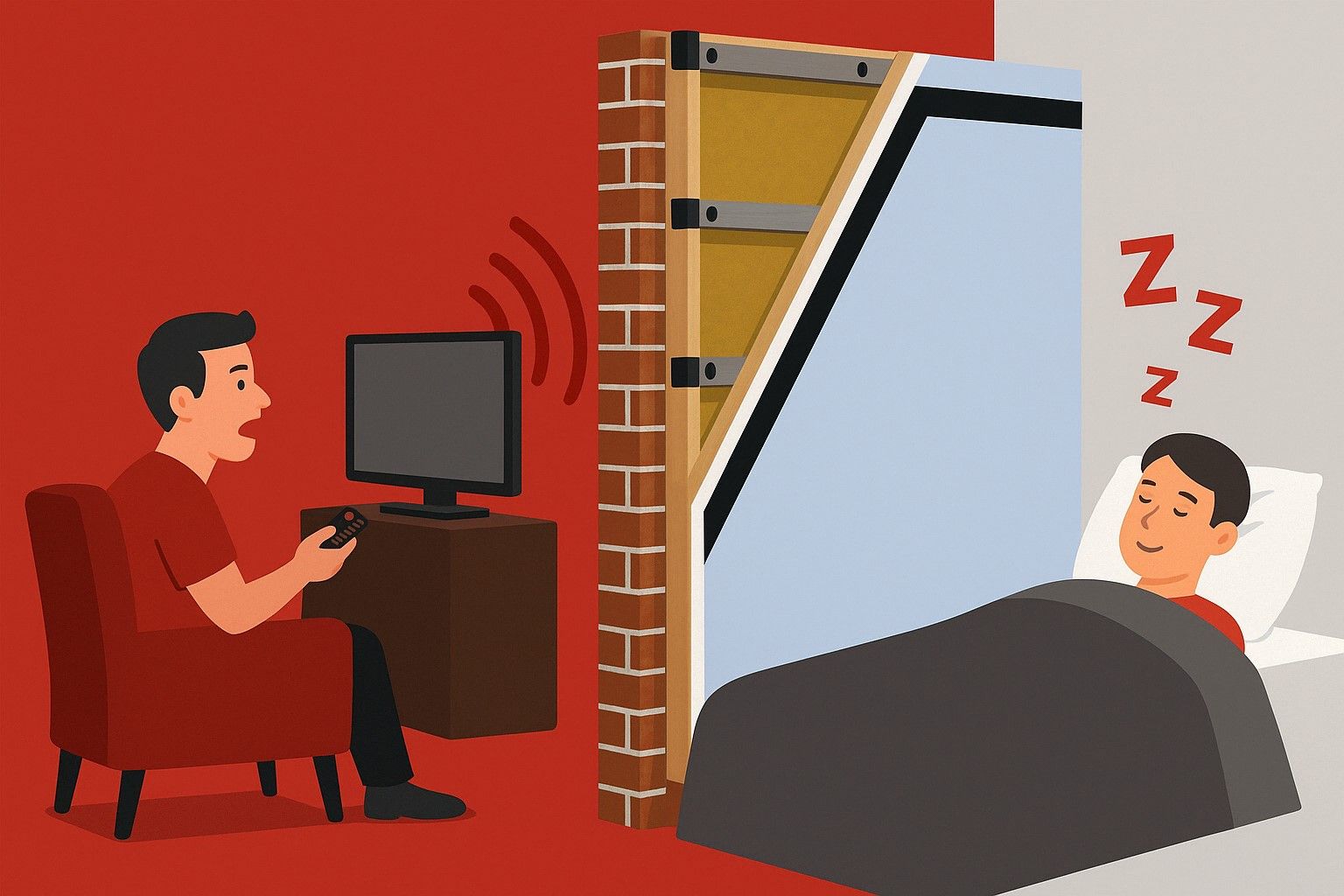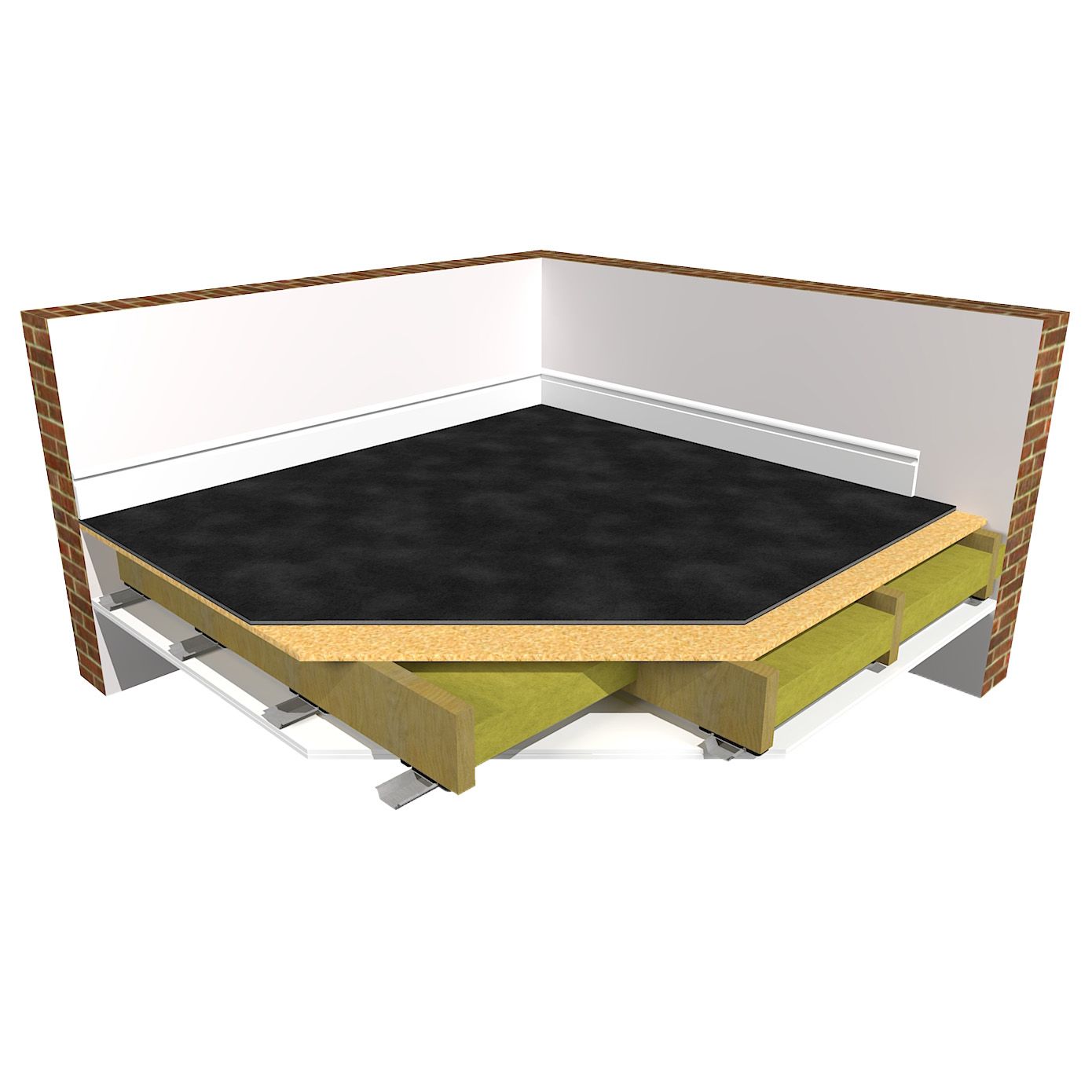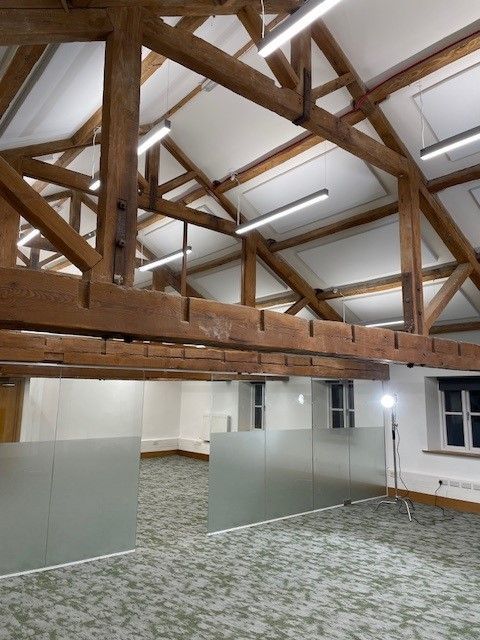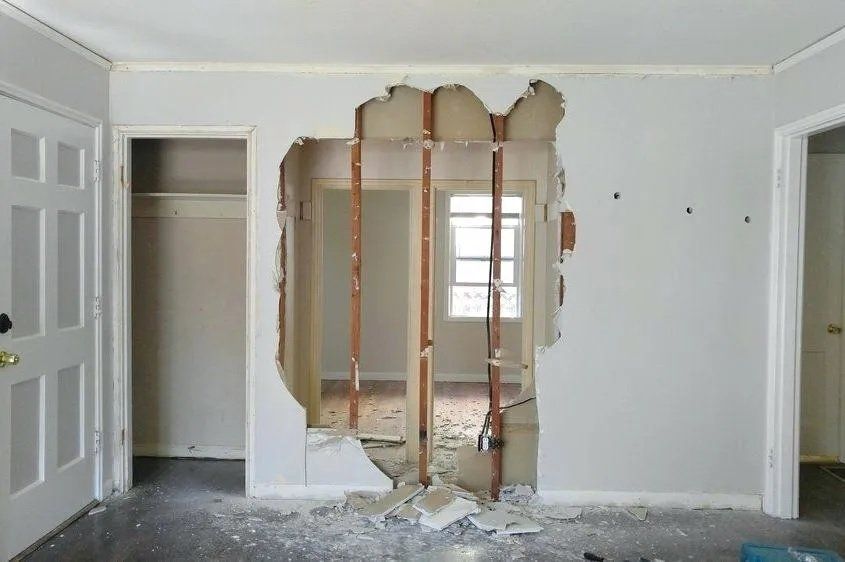How To Soundproof A Door
Soundproofing Doors for domestic and professional use
When it comes to containing sound within a room or blocking unwanted sounds from getting into a room, doors are always a big problem! Whether you are trying to soundproof a room in a household because you don't want to listen to your teenagers playing their music... or if you are building a recording studio... there is no point in soundproofing the walls if all the sound can escape through the door.
So what are your options...
In this blog i'm going to talk you through a few different options from easy hacks to upgrade your existing door, which doors to buy if you want to upgrade, all the way up to professional studio acoustic doors.
But first we have to look at a couple of basic principles that we need to address.
1. Airborne Sound Is Blocked By Mass
- Therefore the heavier and more dense a material is, the more sound it blocks. If your door is light weight and hollow, sound will travel through it very easily. A heavy, dense fire door for example will block much more sound.
2.
Sound Can Travel Through Air Gaps
- If air can get through a gap, sound can travel through it. Soundproofing needs to be properly sealed to work, and so does your door. If there is a gap between the door and frame, or between the door and floor, sound will just leak out. By installing an acoustic or draught excluding seal to the door or frame, we can minimise this leak.
So let's break this down into two categories.
1) Lower level noise - Domestic/Office
This is for lower level sound in more domestic applications. For example trying to stop noise getting into your children's bedroom, minimising the noise between rooms in a shared house or student accommodation, or possibly even minimising sound leakage in offices or work spaces. You don't need to block huge decibel levels of sound, but just want to improve the level of soundproofing as much as you can on a budget.
Hollow Core Door vs Solid Core Door
Most internal doors are hollow. Mostly built with a wooden frame, a veneer on both sides, and either completely hollow inside or with a cardboard filling to help give the door more strength (as in the picture above).
Hollow doors are very light, therefore have very little mass to block sound. Sound will just pass through the door.
This leaves us with two options... Change the door to a more expensive, solid door... or ... Try to add more mass to the door you have.
How To Soundproof Your Door Hack!
You can upgrade your current hollow door, by adding heavy, dense material to it. One perfect solution is
FlexiSound 5. This is a thin 5mm visco-elastic rubber (mass loaded), which has the same density as lead! It is self adhesive on one side and can then be stuck onto the back of your door to add extra mass. We would also recommend adding some good quality draft exclusion material around the perimeter of the door to make it as airtight as possible
FlexiSound isn't exactly a good looking final finish, so we would advise to fix a thin layer of ply wood over the top, to give you a more natural wooden finish.
Let's also be realistic, this isn't suddenly going to block out high levels of sound! Its not going to be the same as a £2,000 acoustic studio door, but it will certainly improve the sound reduction for lower level noise in a household type environment.
Replacing Your Door
Probably the easier option is to replace the hollow, light door with a solid core, thick, heavy door. Fire doors are a great option. Fire doors are rated by their burn time, a door rated FD30 or FD60 have a slow burn time and so they will have more mass to block sound. Fire doors are relatively easy to source, and aren't too expensive. You are looking in the region of £100 to £300 for a plain finish FD30 or FD60 door.
Seals for domestic level doors
As mentioned earlier, we want to minimise the amount of sound that can leak through the air gap around the door. No point in upgrading the door if the sound can still get around it! Cheap draught excluding style seals can be easily sourced and stuck onto the frame quickly and easily. Or a more expensive acoustic seal can be screwed onto the frame.
2) High Decibel Sound / Music Room / Recording Studio / Home Cinema etc...
This gets a little trickier and a little more expensive! The same principles apply, we need lots of mass to block sound and a seal to stop sound leakage. However for higher levels of sound we need LOTS of mass, and top quality seals!
Like above, upgrading to heavy, solid core fire doors is one option, except for high decibel levels you should double up! Two FD60 solid core fire doors, back to back, one door opening in and the other opening out, with a gap in between will give you a very good result.
More professional acoustic 'drop down' acoustic seals can sourced to really minimise leakage.
Acoustic drop down door seal
An acoustic drop down door seal is activated once the door is closed and this means the door threshold remains clear without the need for a high fixed threshold. This high-performance seal provides an effective barrier against noise.
Below is a double stud wall with a double door example
Professional Acoustic Doors
The final option is to upgrade to custom built acoustic studio doors. These are hand made by experts, the door, frame and seals are built to your custom specifications and are built to fit perfectly with no gaps. Their are many variables on the doors including things like steel cores, acoustic glazing etc. These doors can perform up to around 55dB! These are great for professional studios with a big budget as you can easily pay £2-3k per door. Also, as they are custom built, you can also expect a long waiting time for them to be manufactured just for you.
Conclusion
We hope this has been informative and hopefully given you some ideas of what you can achieve with your budget. The bad news is that doors are definitely a weakness that need to be addressed. However, the good news is that there are multiple options to suit different needs and budgets.
Enjoyed this blog? Try our Garden Studio blog.
Share
Need Help?
"We don’t expect you to become an overnight expert in soundproofing, that’s what we’re here for."
